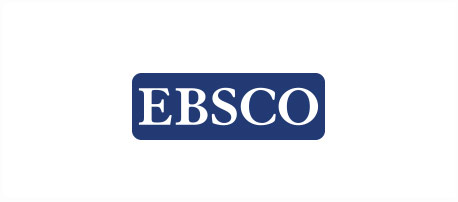Influence of Ultrasound Pretreatment and Drying Technique on Jute Leaves Drying and Quality Indices
DOI:
https://doi.org/10.64290/bima.v9i2A.1141Keywords:
Jute leaves, Dryer, Drying Kinetics, Quality indices, Ultrasound PretreatmentAbstract
This study investigated the effects of ultrasound pretreatment and drying techniques on the drying process and quality of jute leaves. Fresh jute leaves, either pretreated with ultrasound or untreated, were dried in oscillatory and stationary modes. The impact on drying time, rehydration ratio, drying kinetics, and quality indices (protein, vitamins A and C, iron, and potassium) was assessed. Eight drying models were evaluated, with the Page model best fitting the experimental data. Ultrasound-pretreated leaves in oscillatory mode exhibited shorter drying times, while untreated leaves in stationary mode had higher rehydration ratios. Nutrient composition varied, with protein ranging from 14.23% to 15.11%, vitamin A (2.31 to 3.02 mg/100g), vitamin C (26.18 to 32.09 mg/100g), iron (4.32 to 5.61 mg/100g), and potassium (185.36 to 210.24 mg/100g). Ultrasound pretreatment improved iron and vitamin C, while untreated leaves in oscillatory mode showed higher vitamin A, protein, and potassium. Conclusively, the combination of ultrasound pretreatment and oscillatory drying effectively enhanced drying efficiency and preserved key nutrients, making it a promising approach for optimizing the quality and processing of jute leaves.




